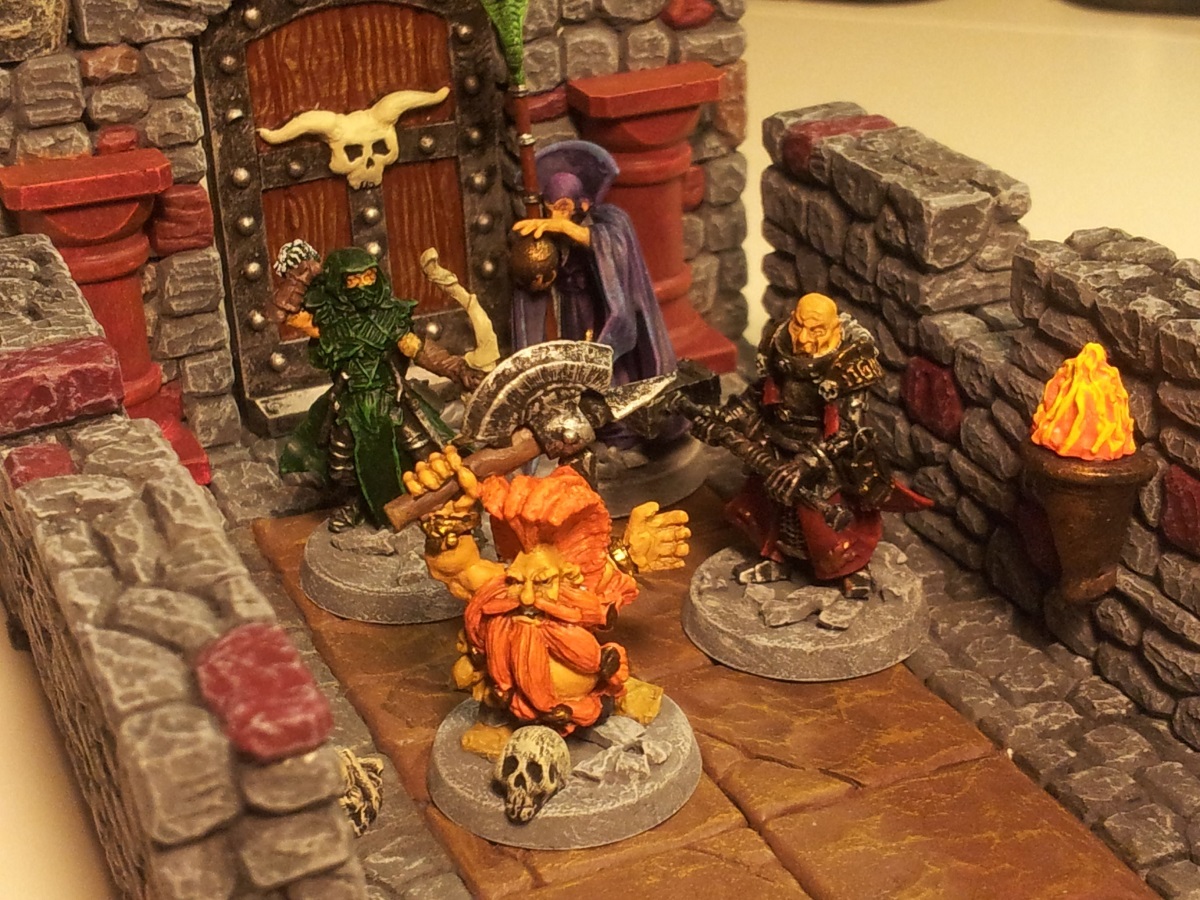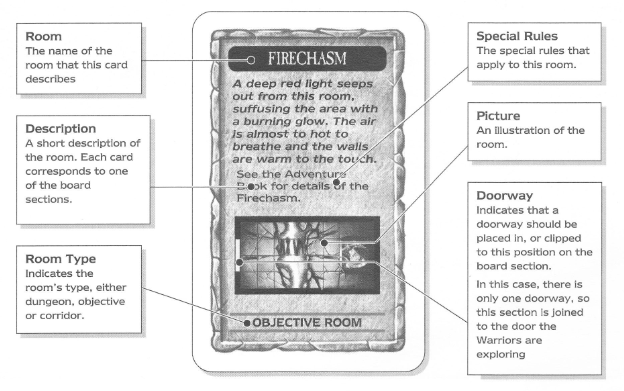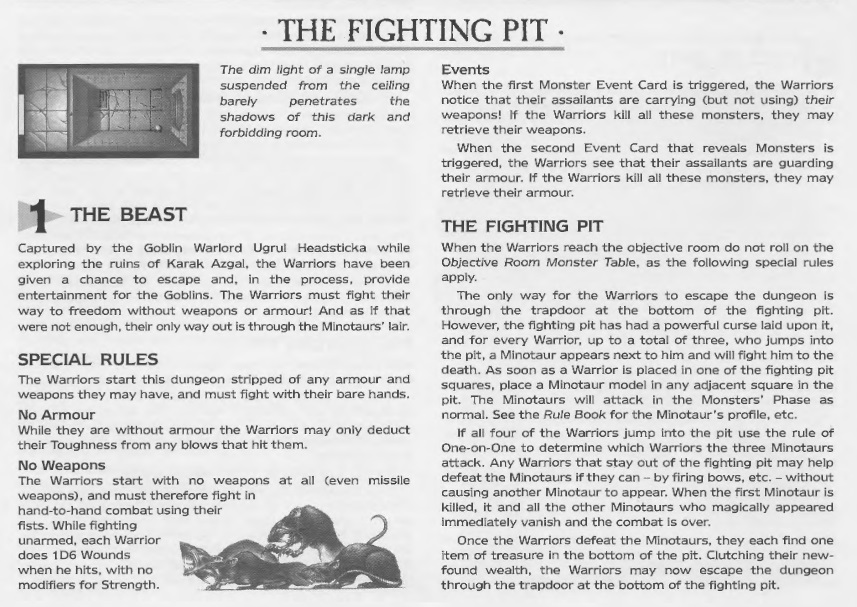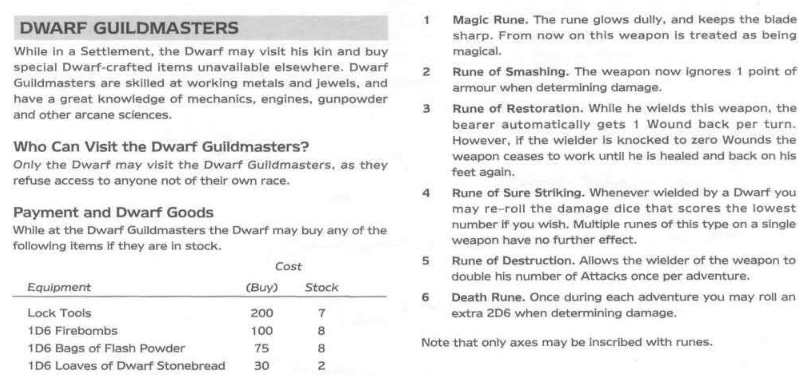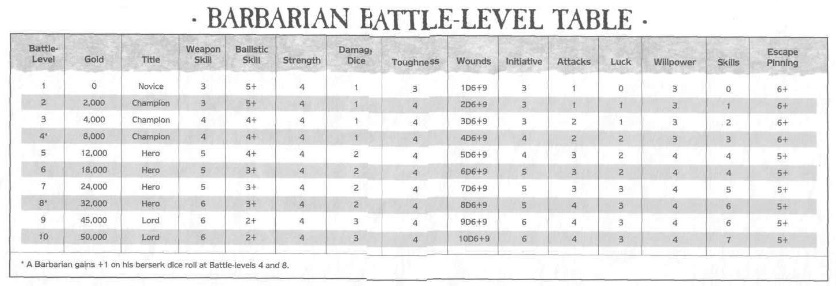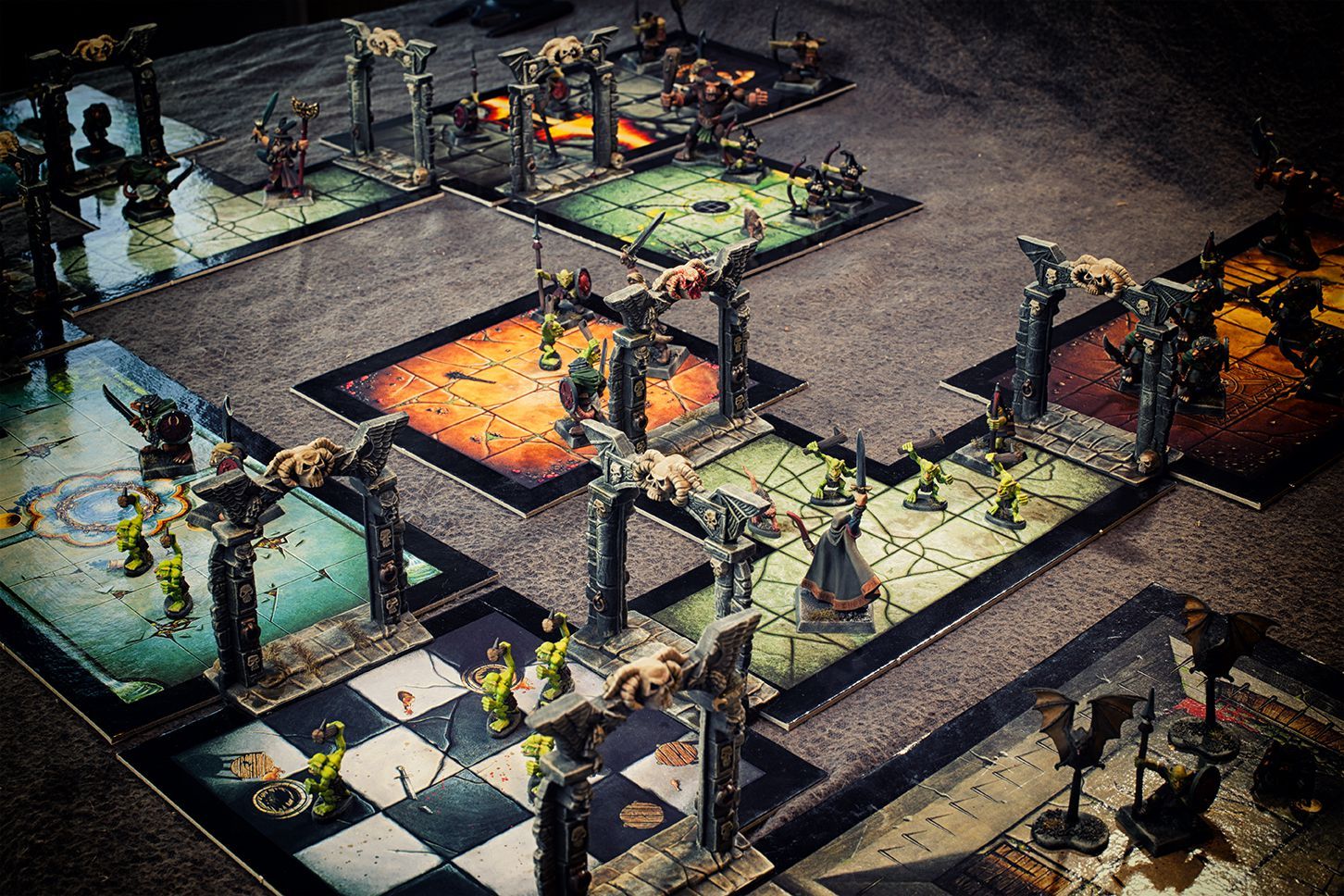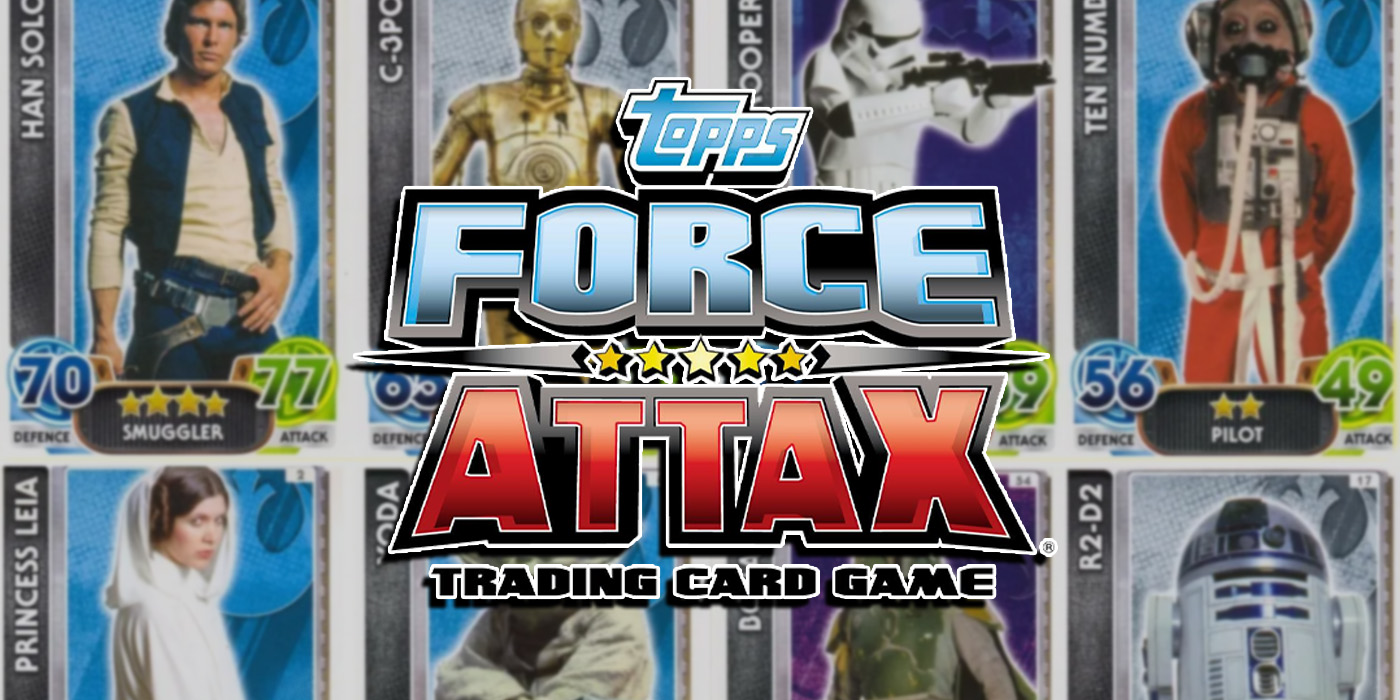The Original 1995 ‘Warhammer Quest’ Still Holds Up Great Today
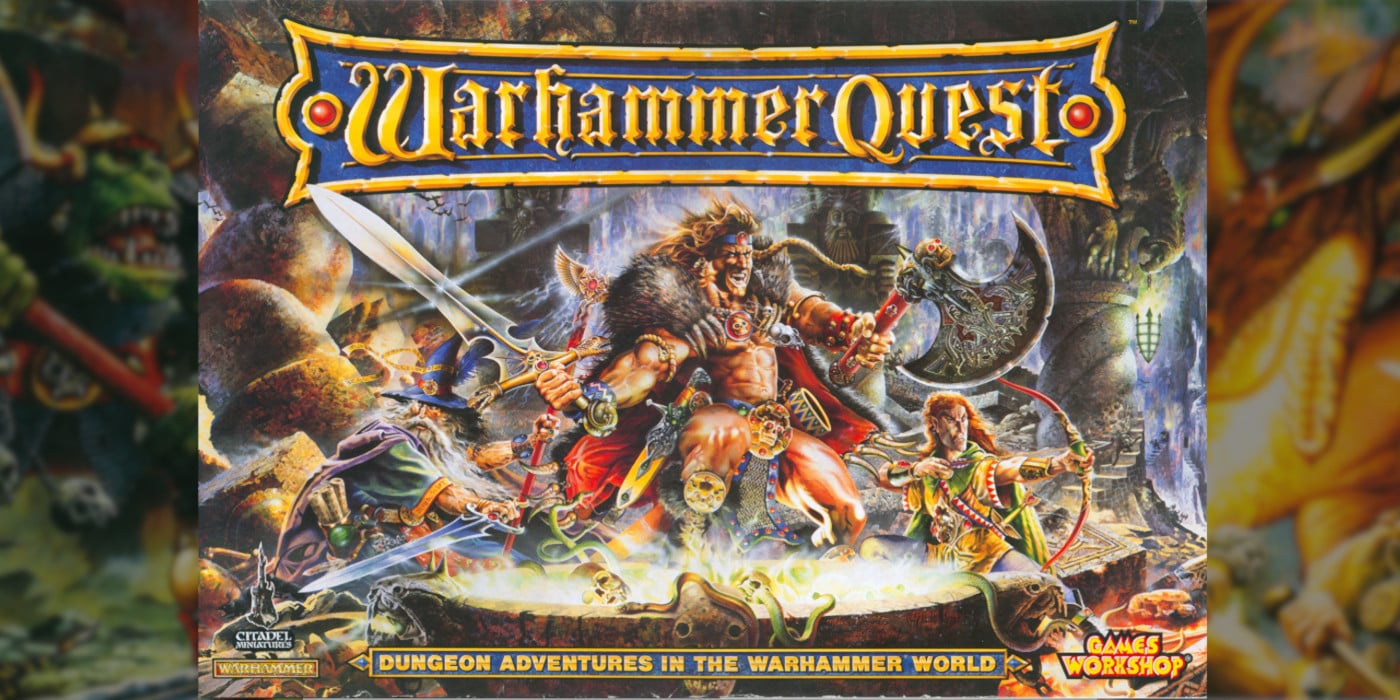
Before Radukar was tormenting Ulfenkarn, taking down Ugrul Headsticka was just one of thirty adventures in the original Warhammer Quest.
Unless you’ve been in the Warhammer space for the better part of 30 years, the only Warhammer Quests you might know might be Cursed City, Lost Relics, Blackstone Fortress, or a few others. But back in 1995, Games Workshop released the original Warhammer Quest. Despite the name, these games are all pretty different. The 1995 original is a roguelike dungeon crawl that still holds up great by today’s standards.
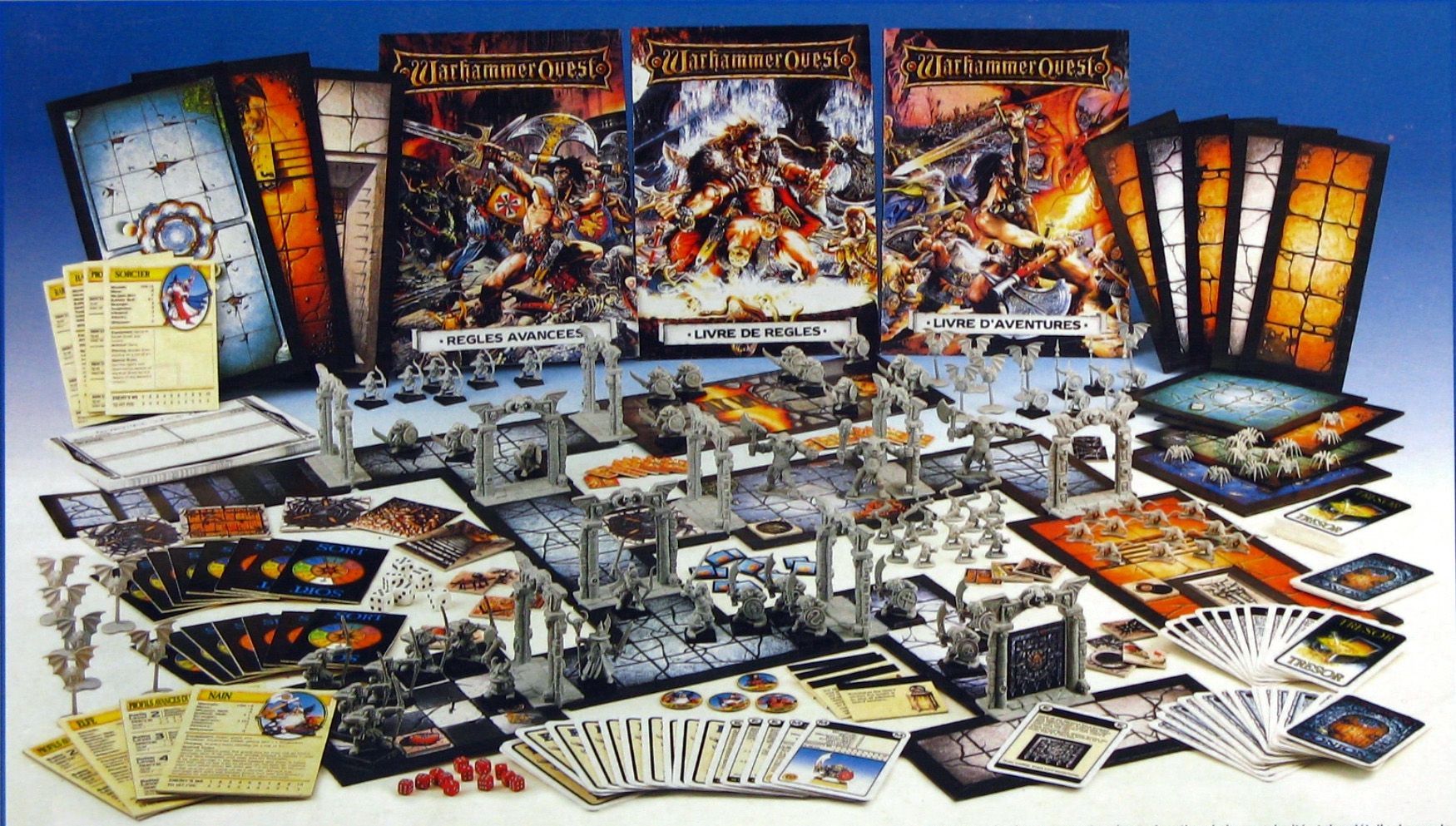
Warhammer Quest Overview
Warhammer Quest seems to fit in with games like HeroQuest, Dragon Quest, and all the other fantasy dungeon crawlers that emerged around the late 80s to early 90s. But that’s not really the case. Still, players work together to explore the dungeon, fight monsters, find treasure, and win the day. So the comparison isn’t totally off base.
Warhammer Quest went a step beyond what most other titles of the time did and added a full world trekking campaign option. It’s full of visiting towns and cities, leveling up, and other in-between missions stuff like you might find modern titles like Gloomhaven.
The gameplay of Warhammer Quest is nothing groundbreaking, even at the time. There are four heroes: Barbarian, Wizard, Elf, and Dwarf. Each hero has unique stats and abilities, can equip items, and typical stuff like that. But with a few added twists, the game really finds its own flavor that didn’t really exist elsewhere.
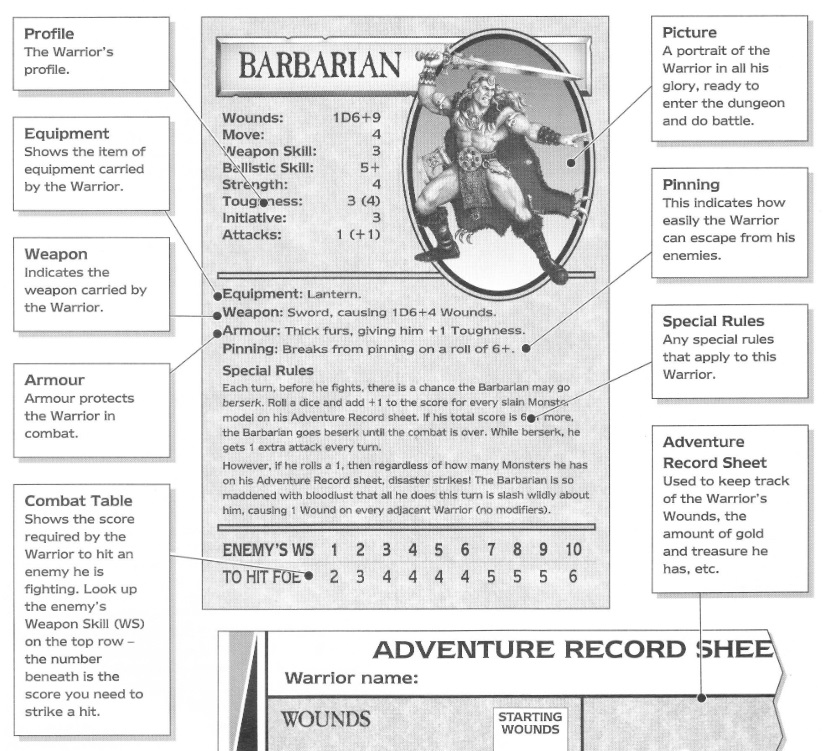
Rather than having a prebuilt map or even really pre-built adventures, Warhammer Quest opted for a roguelike style of dungeon crawling with randomly drawn modular map tiles. Each round, players flipped over a card from the Dungeon Deck, which determined the next map tile. This method of building the map allowed for random dungeon generation and also allowed for differently shaped map tiles instead of standard square tiles like in similar games.
Warhammer Quest didn’t really have full campaign scenarios. Instead, the included Adventure Guidebook offered 30 quests for the players with a single objective. Each quest noted a special room tile, which would have unique rules for that quest. It was enough to give the players something to work towards but wasn’t part of the greater story.
Open World Dungeon Crawling
Between adventures, the heroes in Warhammer Quest could visit settlements, as noted on the included world map, to spend their money, rest up, buy new equipment, and the like. But travel was as much a part of the adventure as the adventure itself.
Depending on the distance to their next location, the heroes rolled on the Hazard Table. Despite the name, it wasn’t always so bad. They could encounter bad weather, roaming merchants, a chapel, a tornado, an ambush, and plenty more. Plus, each settlement could have unique locations and events that offered special options to the players.
As the heroes completed quests, they would level up, becoming stronger and more powerful. The heroes can also train up new skills and abilities.
A Full TTRPG In A Box
Unlike the other similar games of the time, Warhammer Quest was D&D maxxing hard. While the individual quests were mostly simple and straightforward, the gameplay surrounding them was extensive. The depth of the travel between quests, exploring the map and settlements, random events, and more put it more along Gloomhaven than HeroQuest. We didn’t even touch on about half of it in this quick review.
Overall, Warhammer Quest is still a fantastic RPG in a box that doesn’t get the attention it deserves. It’s got a full campaign feel but allows for quick games that don’t require a ton of setup, thanks to the rogue-like dungeon generation. If you can find a copy, I highly recommend you grab it for your next game night.
You’ll be glad you did.

